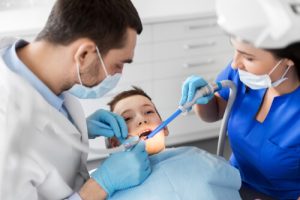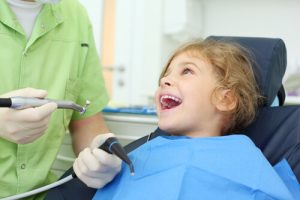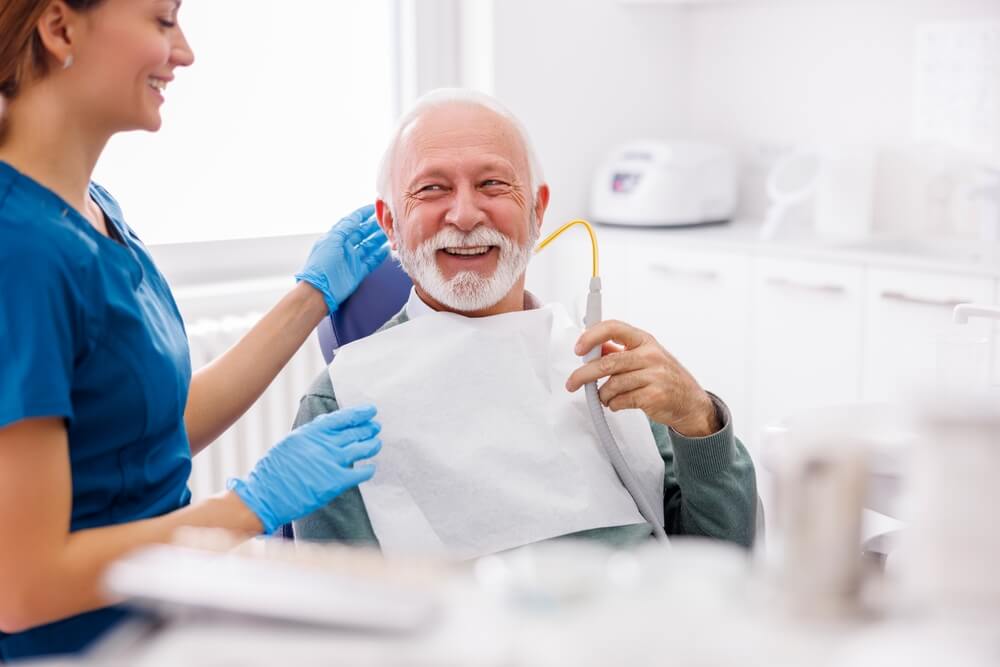Introducing the revolutionary saliva suction device – a cutting-edge solution to streamline and enhance oral healthcare. This game-changing device aims to bring ease and efficiency to hospitals, dental clinics, and professional healthcare settings, ensuring a more comfortable and hygienic experience for patients and practitioners alike.
In this article, we delve into the capabilities and benefits of this innovative apparatus, showcasing its potential to revolutionize oral care practices worldwide. Explore how this saliva suction device is poised to transform the industry, impacting patient well-being and dental professionals’ work experience.
Understanding the Role and Importance of Saliva Suction Devices in Dentistry
In modern dentistry, saliva suction devices have become indispensable tools. They play a crucial role in maintaining a clear working area for dental professionals, enhancing the efficiency of procedures and patient comfort.
Key Functions and Significance of Saliva Suction Devices:
- Maintaining a Dry Operative Field: These devices are essential for dry mouth during dental procedures. Removing saliva provides a clear view and access for the dentist, which is crucial for precision work.
- Preventing Aspiration and Ingestion: Saliva suction devices help prevent the aspiration or ingestion of saliva, blood, and other materials during dental procedures, thereby protecting the patient’s respiratory system.
- Aiding in Infection Control: Removing saliva and blood, which may contain infectious materials, these devices help maintain hygiene and prevent cross-contamination in the dental clinic.
- Features of Modern Devices: Contemporary saliva suction units come with various features like adjustable suction levels, bacterial filters, and ergonomic designs, enhancing their functionality and user-friendliness.
- Importance in Emergency Situations: In certain emergency dental procedures, quick and effective removal of fluids is vital to secure the patient’s airway and ensure safety, underscoring the importance of these devices.
Different Types of Saliva Suction Devices: Features and Uses
Saliva suction devices are key instruments in dental clinics, coming in various types to suit different clinical needs. Each type of medical suction unit has unique features and specific uses, making them suitable for various dental procedures.
Overview of Various Saliva Suction Devices and Their Characteristics:
- High-Volume Suction Devices: These are designed for procedures that produce a significant amount of fluids, like oral surgery. They have large bore tubes capable of quickly removing large volumes of fluid, ensuring a clear field for the dentist.
- Low-Volume Suction Devices: Used in less invasive procedures, such as dental cleanings, these devices have smaller tubes and are ideal for removing saliva and small amounts of blood while providing patient comfort.
- Portable Suction Units: Beneficial in mobile dentistry or for home use, these compact devices are easy to move and set up. They are suitable for minor dental procedures or emergencies where a standard suction unit isn’t available.
- Surgical Suction Tips (Rigid Yankauer Tips): These are designed for surgical procedures. Their rigid structure allows for precise suction in targeted areas, making them ideal for removing blood and debris during oral surgeries.
- Hygienist Suction Devices: Tailored for use by dental hygienists, these devices are often smaller and more maneuverable. They allow for effective saliva removal during routine cleanings and periodontal maintenance.
- Saliva Ejectors: Common in general dentistry, saliva ejectors have a low-volume capacity and are used to maintain a dry mouth during examinations, cleanings, and minor procedures.
- Pediatric Suction Devices: Specially designed for use with children, these devices are smaller and gentler, ensuring the comfort of younger patients during dental procedures.
- Disposable Suction Tips: These single-use tips attach to the suction device. They offer a hygienic solution by preventing cross-contamination between patients.
The Advantages of Using Saliva Suction Devices for Patients and Dentists
 Saliva suction devices are more than just functional tools in dental practices; they offer many advantages for patients and dentists. Their role in facilitating a smoother and more efficient dental treatment process is undeniable, significantly improving pediatric patients’ overall dental care experience.
Saliva suction devices are more than just functional tools in dental practices; they offer many advantages for patients and dentists. Their role in facilitating a smoother and more efficient dental treatment process is undeniable, significantly improving pediatric patients’ overall dental care experience.
Key Benefits of Saliva Suction Devices in Dental Procedures:
- Enhanced Visibility and Precision: For dentists, these devices provide a clear view of the working area by removing saliva and blood, leading to increased precision and effectiveness in dental procedures.
- Infection Control: By efficiently removing oral fluids, saliva suction devices help control the spread of bacteria and other infectious agents, thus maintaining a hygienic environment in the dental clinic.
- Patient Comfort and Safety: These devices minimise the discomfort caused by saliva accumulation, making dental treatments more tolerable for patients. They also prevent choking and aspiration risks by ensuring the throat remains clear of fluids.
- Time Efficiency: Saliva suction devices speed up procedures by maintaining a dry operating field, reducing patients’ time in the dental chair.
- Reduced Risk of Complications: By keeping the area dry, these devices minimize the risk of complications, such as infections or delayed healing, especially in surgical procedures.
- Versatility in Application: With a range of suction devices available, dentists can choose the most suitable type depending on the procedure’s complexity, ensuring optimal results.
- Improved Patient-Dentist Communication: The comfort provided by these devices can enhance the patient’s overall experience, fostering better communication and trust between the patient and the dentist.
- Cost-Effectiveness: The efficiency offered by saliva suction devices can lead to cost savings in the long run, as procedures are completed more quickly and with fewer complications.
Maintenance and Hygiene Practices for Saliva Suction Devices
 Proper maintenance and hygiene of saliva suction devices are crucial in dental practice. These measures not only extend the life of the equipment but also ensure the safety and health of patients and dental staff. Adhering to strict cleaning and maintenance protocols is essential for these medical suction devices to function effectively.
Proper maintenance and hygiene of saliva suction devices are crucial in dental practice. These measures not only extend the life of the equipment but also ensure the safety and health of patients and dental staff. Adhering to strict cleaning and maintenance protocols is essential for these medical suction devices to function effectively.
Key Practices for Maintaining and Sanitizing Saliva Suction Devices:
- Regular Cleaning: After each use, it’s vital to clean the suction device, including the tips and tubes, to remove saliva, blood, and debris. This prevents the buildup of potentially infectious materials.
- Disinfection Procedures: Using appropriate disinfectants is necessary to eliminate any bacteria or viruses that might be present. This step is crucial to prevent cross-contamination between patients.
- Routine Checks for Blockages: Regularly inspecting the device for blockages ensures it functions efficiently. Any found obstructions should be cleared immediately to maintain optimal suction power.
- Replacing Disposable Components: Disposable parts, such as suction tips, should be replaced after each patient to maintain hygiene standards and prevent cross-infection.
- Monitoring for Wear and Tear: Frequent use can lead to wear and tear. Regularly check for any signs of damage or deterioration and replace parts as necessary.
- Scheduled Servicing: Regular servicing by qualified technicians can help in the early identification of potential issues and ensure that the suction unit operates effectively and safely.
- Staff Training: Ensuring that all dental staff are adequately trained in the proper use and maintenance of saliva suction devices is critical for maintaining hygiene and operational standards.
- Record Keeping: Maintaining records of cleaning and maintenance activities is good practice and can be useful for compliance with health and safety regulations.
- Adhering to Manufacturer Guidelines: Following the manufacturer’s instructions for care and maintenance is essential for the longevity and proper functioning of the device.
In conclusion, the saliva suction device is essential in dental procedures to effectively remove excess saliva, ensuring a clean and dry working environment. With its efficient suction capabilities, this device provides convenience and comfort for dental professionals and patients. Its versatile design allows easy maneuverability, guaranteeing optimal results during various procedures. Incorporating a saliva suction device into your dental practice can greatly enhance efficiency, patient satisfaction, and overall dental care outcomes. Invest in this innovative respiratory suction device today and experience its many benefits.
Are you looking to upgrade your dental practice with the latest in saliva suction technology? At Cattani Compressors Australia, we are dedicated to providing top-of-the-line dental equipment that enhances both the efficiency of your procedures and the comfort of your patients. Our range of saliva suction devices is designed to meet the diverse needs of modern dental practices.
Don’t let outdated equipment hold your practice back. Give us a call at (02) 8880 9257 to discover how our advanced saliva suction solutions can transform your dental services. Whether you’re looking for ergonomic designs, eco-friendly options, or the latest innovations in suction technology, we have the right tools to elevate your practice. Contact us today and take the first step towards a more efficient, comfortable, and state-of-the-art dental care experience.
References
Comparison of the suction pump device with saliva ejector for aerosol and spatter reduction during ultrasonic scaling
https://pubmed.ncbi.nlm.nih.gov/25569495/
Comparison of suction device with saliva ejector for aerosol and spatter reduction during ultrasonic scaling
https://www.cochranelibrary.com/central/doi/10.1002/central/CN-01043323/full
Saliva Ejector & Backflow | FAQs | Infection Control
https://www.cdc.gov/oralhealth/infectioncontrol/faqs/saliva.html
Oral suction for – motor neurone disease
https://www.mndassociation.org/media/151
Oral suction at home | CUH
https://www.cuh.nhs.uk/patient-information/oral-suction-at-home/



